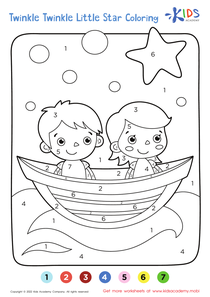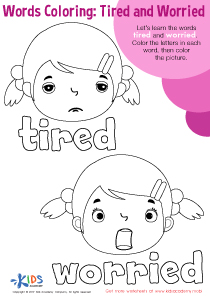Visual perception Reading Worksheets for Ages 3-8
3 filtered results
-
From - To
Develop your child’s reading skills with our visually engaging worksheets designed specifically for ages 3-8. At Kids Academy, we offer a variety of printable activities that enhance visual perception, crucial for young learners. Our worksheets encourage children to recognize patterns, match objects, and identify subtle differences, building a strong foundation in reading. Each resource is curated to be educational and fun, stimulating critical thinking and attention to detail. Perfect for both at-home learning and classroom use, our Visual Perception Reading Worksheets make learning an enjoyable adventure. Explore our collection today to support your child's early literacy skills!
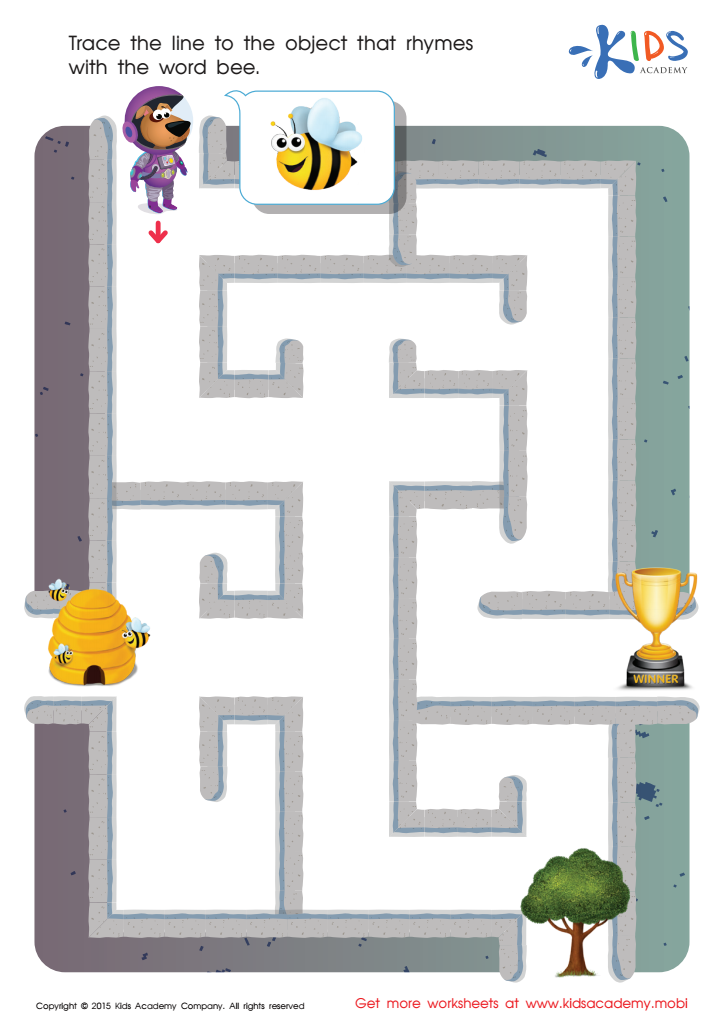

Bee Rhyming Words Worksheet
Visual perception is critical in early childhood as it directly impacts a child's developmental milestones in reading and writing. For ages 3-8, visual perception skills such as visual discrimination, memory, spatial relationships, and form constancy are pivotal. These skills enable children to accurately recognize letters, words, and patterns, contributing significantly to their reading abilities.
When children can discern differences and similarities in shapes and letters, they develop a stronger foundation for literacy. For instance, distinguishing between "b" and "d" or "p" and "q" involves keen visual discrimination skills. Early struggles in this area can lead to reading difficulties that persist into later years, highlighting the importance of early intervention.
Furthermore, visual memory helps children remember sight words, an essential component of reading fluency. A robust visual perception aids in decoding words, understanding context, and fostering a love for reading.
Teachers and parents play a crucial role in honing these skills through activities like puzzles, memory games, and reading practice. Addressing visual perception in young learners not only cultivates academic success but also bolsters confidence and enthusiasm in reading. Investing time and resources into visual perception development can yield substantial long-term educational benefits, setting the stage for lifelong learning.

 Assign to My Students
Assign to My Students
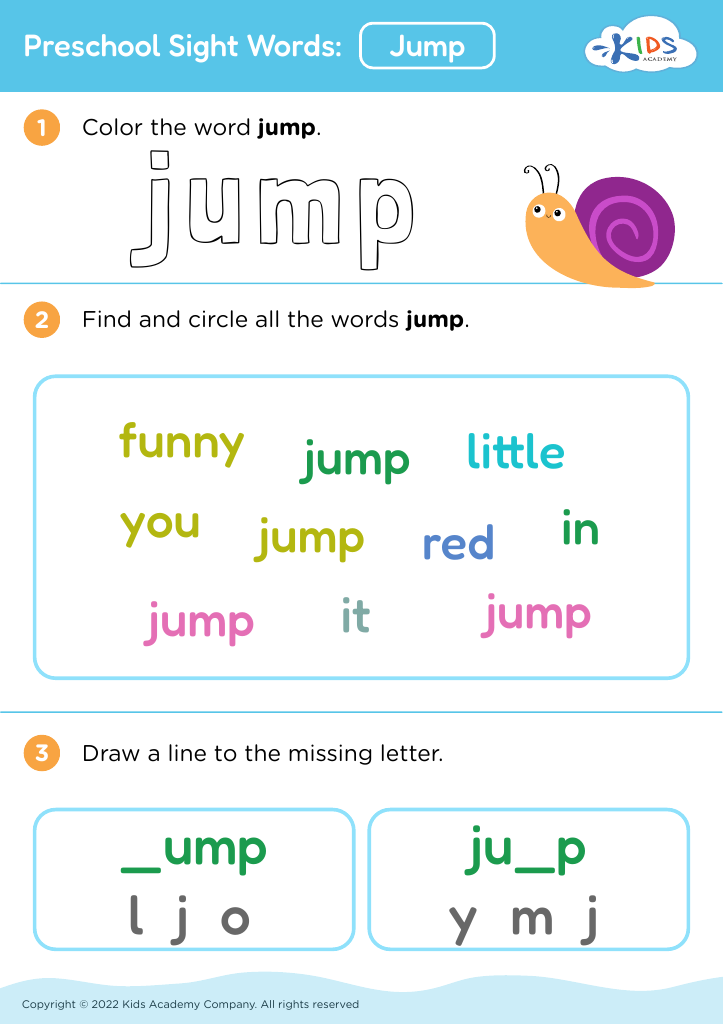




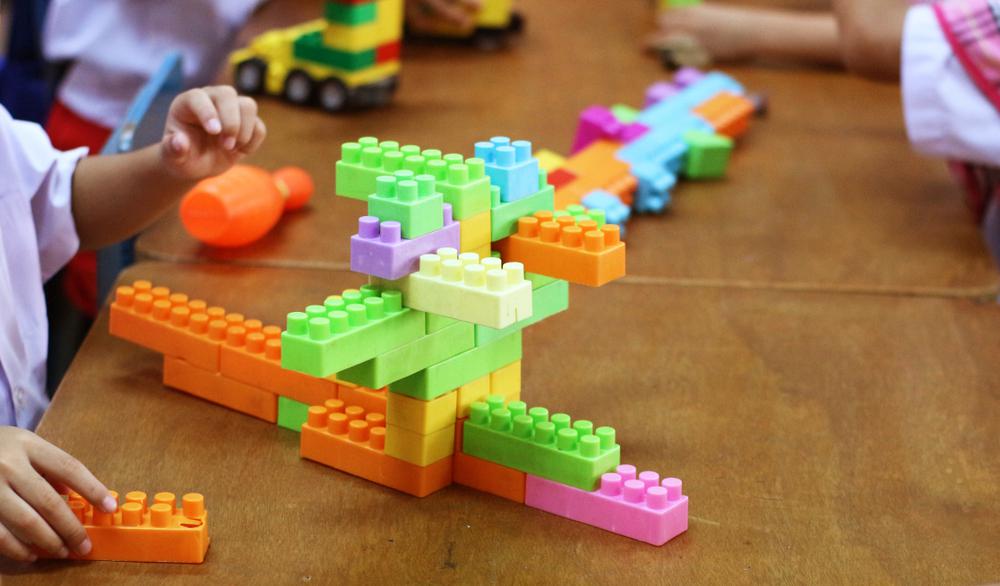
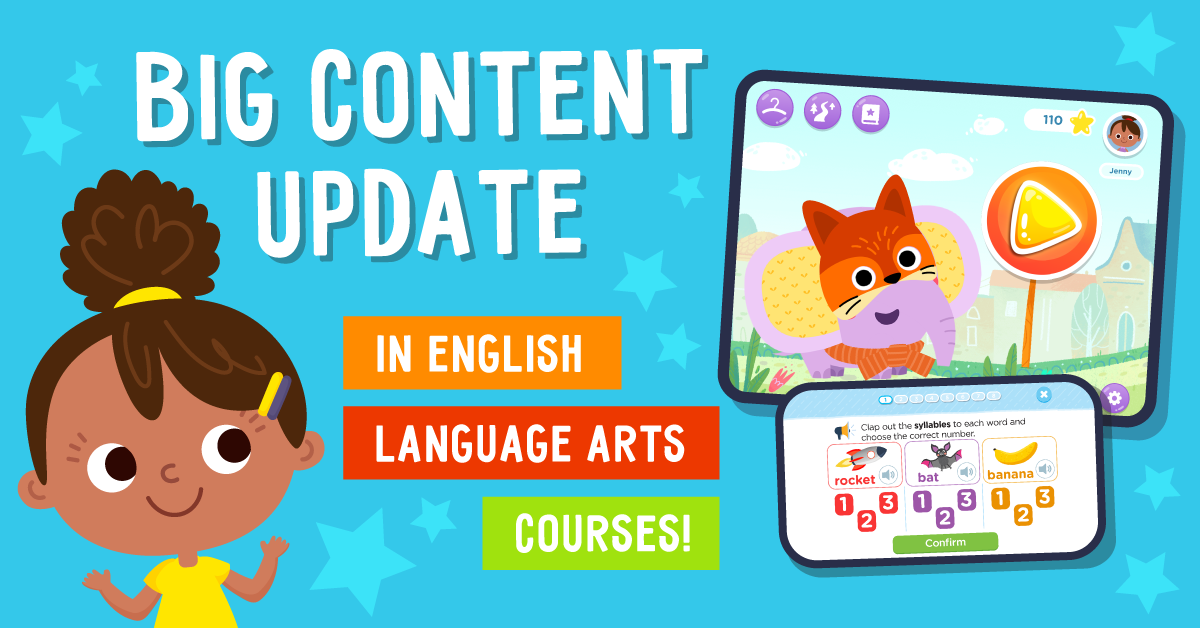
.jpg)





